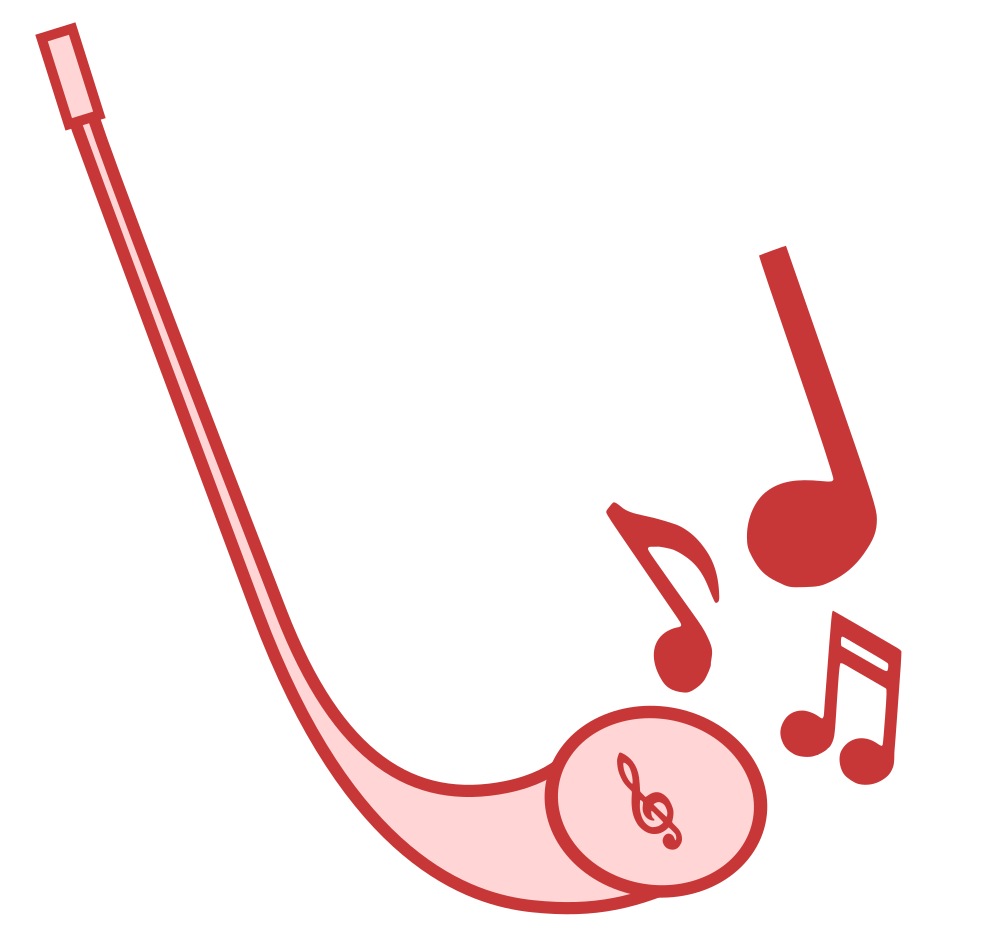 Basics
Basics
- The alphorn – key features of the alphorn
- Your alphorn – where to find a decent alphorn
- Mouthpiece – key features of the moutpiece
- Aids – from metronomes to silencers
- Buzzing – turn your lips into a generator
- Reading sheet music – you won’t learn it here
- Playable notes – how to produce overtones
- Air and tension – the interaction of lips and tongue
- Embouchure – like a sweet kiss
- Posture – find your strength
- Breathing – activate your diaphragm
- Practice – how to use your time effectively
- Tonguing – blow it like a brass player
- Envelopes – a new vocabulary for the tones’ life cycle
- Rubato – what Chopin teaches you about the alphorn
- Altitude training – if you force your way up you will fall down
- Support – deep power
- Alternatives to crescendo – how softies climax
 Background
Background
- History – the true story
- Scene – Who plays the alphorn today?
- Harmonics vs tuning – why strange sounds sound right
- Sheet music – where to find it
- Alpine sound – about echoes and reverbs
- The Ten Comandments – Gassmann reloaded
 Practice
Practice
- Blow on – let there be sound
- Hit the pitch – higher and lower
- Warm-up – methods to get that feeling
- Soft lip pressure – no violence!
- Legato – soft, precise, and efficient
- Training – become a champ
- Play Along – you don’t need friends
- Articulation – achieve impact with sounds
- Agogics – let time breathe
- Improvisation – try out joyfully
- Stretching the range – no re-forming
- Lip Triller – train the lips not to do anything
- Lip Bending – out of tune on purpose
- Vibrato – icing on the cake
- Double Tongue – ta-ka n’ ta-ka-ta
- Trampolin – let yourself be catapulted into the sky
- Below the peak – musical marathon training
- In public – how to overcome stage fright
- Büchel – the natural next step
- Didgeridoo – training for the tongue
- Multiphonics – for the cool sound
